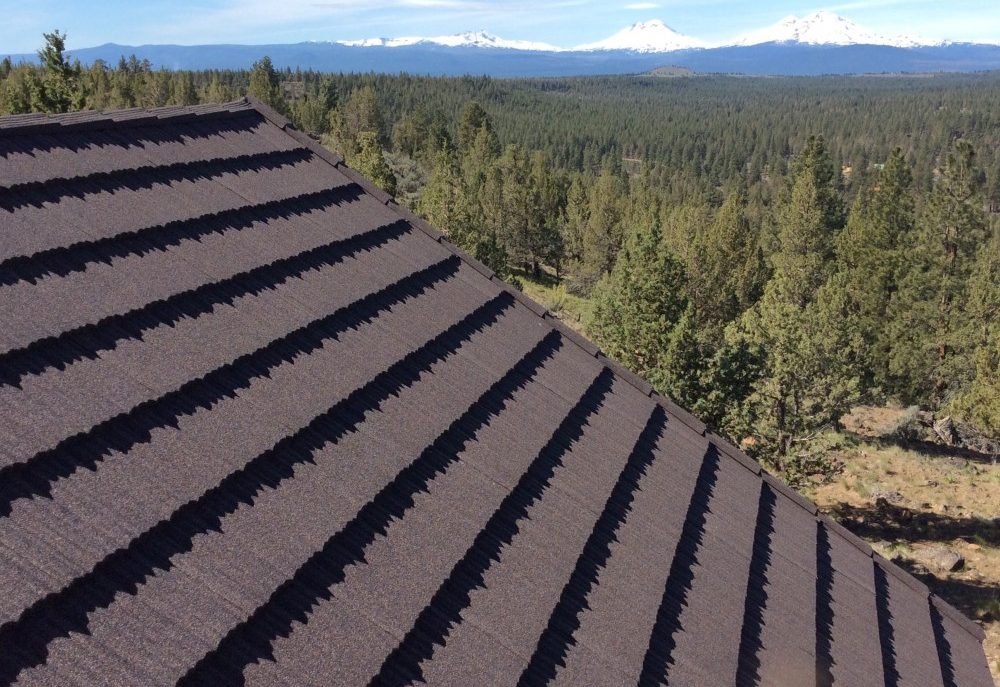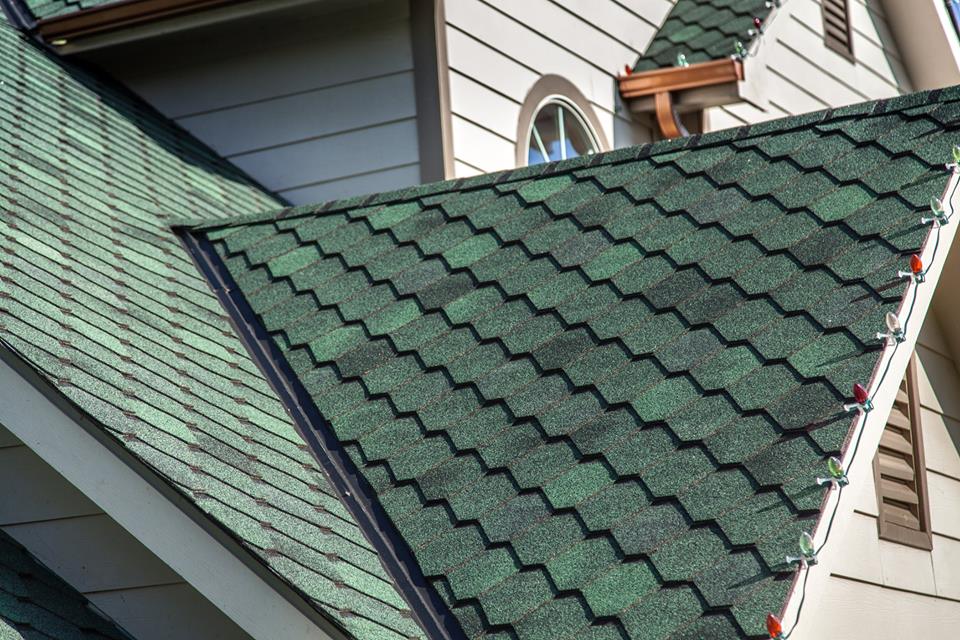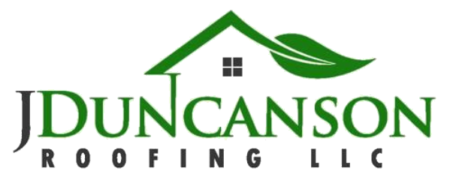METAL TILE ROOFING DALLAS – METAL ROOFERS FORT WORTH – METAL ROOFS INSTALLED GRAPEVINE – METAL ROOFS INSTALLATION KELLER
Residential metal roofing is primarily made of steel or aluminum. Copper, zinc and titanium are also used in specialized architectural applications for homes. Steel roofing for residential applications is very lightweight with the heaviest product weighing about 1.5 pounds per square foot when installed. The metal roofing materials are initially produced in giant rolls at the steel mills.
The metal roofing materials are then coated with a metallic coating to prevent rust at the steel plant. The rolls are then painted at a coil coating plant using high-speed paint lines that bake on the coating. The painted coil is then shipped to a roofing manufacturer where it is formed into long panels by a process called rollforming or they are stamped into individual shingles using large presses. Aluminum roofing is another example of metal roofing materials that follows the same process except that it does not require the metallic coating step.
Steel residential roofing is made in thicknesses designated by gauge and is generally 24 to 28 gauge, with the higher gauge being thinner than the lower. These gauges are appropriate since most residential metal roofing applications are over a solid substrate. Aluminum residential metal roofing is designated by decimal thickness and ranges from .023 to .040 thickness. Granular coated steel shingles, shakes, tile are a special category and are produced by stamping galvanized steel (26 gauge) then sprayed with an acrylic coating embedding granular stone then baked in an oven at the factory.
 Coatings for Metal Roofing Materials
Coatings for Metal Roofing Materials
All Steel Roofing has a protective barrier on both sides of the sheet called a metallic coating which protects against rusting. This is underneath and separate from any paint which imparts color to the product.
There are two types of metallic coatings used:
Galvanized
This is 100% Zinc in various thicknesses depending upon the product usage.
Galvalume or Zincalume
A mixture of aluminum and zinc. (55 percent by volume aluminum) Metallic coatings “sacrifice” themselves to protect the iron (Fe) in steel from oxidation when exposed to the air and moisture is present.
Zinc is a more “active” metal than iron so it oxidizes first and forms a protective barrier — zinc oxide, before the iron (Fe) in the steel can become Ferric Oxide (rust). When zinc is combined with aluminum to form Galvalume there is even more protection in most circumstances.
Different Levels of Protection
There are differing amounts of metallic coating used on sheet steel depending upon its final product application. For agricultural applications, galvanizing levels called G-40 or G-60 may be used quite successfully. For houses, the MRA recommends a minimum of G-90 be used. This is in accordance with the Guidelines for Residential Metal Roofing published by the Metal Construction Association. The greater the number, the longer the protection against rust will last.
The numbers G-40; G-60; and G-90 refer to the ounces of zinc per 100 square feet of sheet steel coated (top and bottom). G-90 will have 90 ounces of Zinc- 45 ounces on each side per 100 square feet of roofing sheet steel. Galvalume has a designation AZ-50 or AZ-55. These are equivalent levels to G-90 galvanized product. However, in many years of exposure testing Galvalume has proven to be up to three times more effective in preventing rust from appearing on the sheet steel. Aluminum sheet does not require a separate metallic coating barrier since aluminum oxide, when it forms is not noticeable in most cases.
Salt Environments
Aluminum is often preferred as a roofing material substrate in heavy salt spray environments. This will occur where there is a lot of wave action in salt water near the ocean. In many inland salt water situations steel with metallic coatings performs very well if there is not a lot of wave action — intercoastal area of Florida and the Southeastern U.S., Puget Sound in Washington, etc. Another factor to consider is how often the roof is rinsed with fresh water through rainfall. In shoreline, non-saltwater environments both galvanized and Galvalume steel will provide a long lifetime of protection.
Paint Systems
Most residential metal roofing has a paint coating applied to the outside of either the aluminum or steel plus metallic coating. The paint finishes provide the aesthetic qualities that consumers want to see on their roofs. They can also provide specific energy saving qualities. Metal roofs that are painted use very sophisticated paint technology. The roofing material is painted when it is in flat sheet form in giant coils. Yet, the paint is flexible enough to be later stamped or rollformed into the final roof shape-long panels, shingles, shakes, tiles or slate forms.
There are differing levels of paint quality for metal roofing-all affecting the price of the finished product. The principal attribute that consumers are concerned about is fading of the original color. When exposed to sunlight (ultra-violet light) paints fade over time, some more than others. Generally, in this situation you get what you pay for.



 Coatings for Metal Roofing Materials
Coatings for Metal Roofing Materials